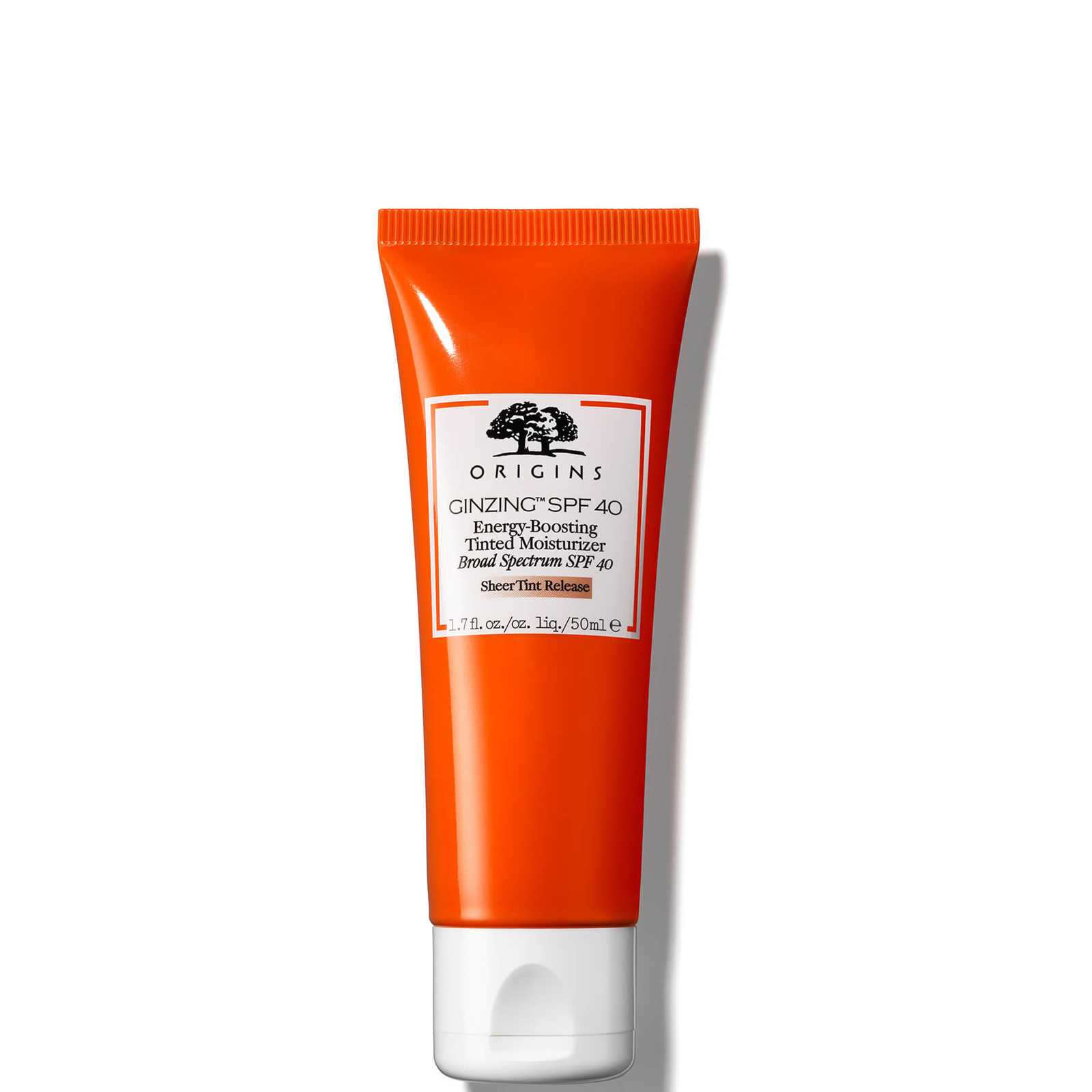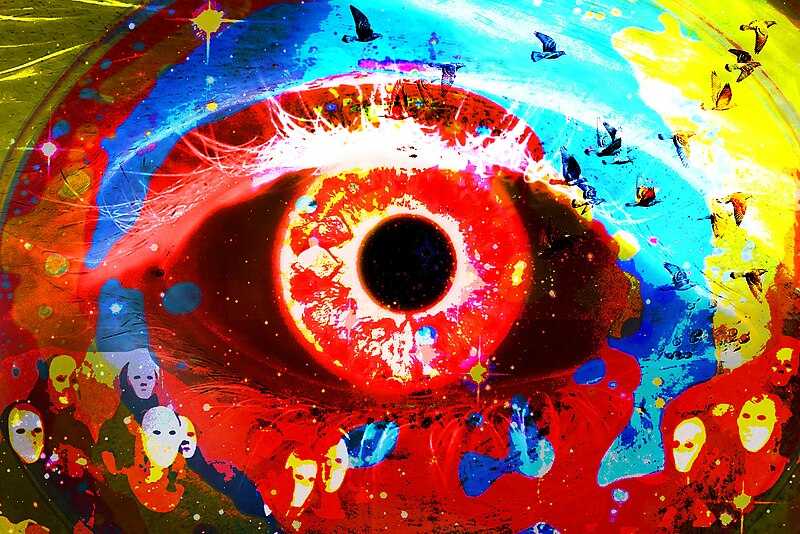Table of Contents
- Exploring the Origins and Influences of Psychedelic Art
- Techniques and Styles that Define Psychedelic Paintings
- The Connection Between Psychedelic Experiences and Visual Art
- Creating Your Own Psychedelic Masterpiece: Tips and Tools for Artists
- Q&A
- To Wrap It Up


Exploring the Origins and Influences of Psychedelic Art
Psychedelic art emerged as a distinct movement in the 1960s, intertwining with the counterculture’s exploration of consciousness and experimentation with altered states of perception. This artistic style is characterized by its vivid colors, surreal imagery, and intricate patterns, all aimed at expanding the viewer’s mind and challenging conventional reality. The influence of psychedelics, particularly substances like LSD and psilocybin, played a pivotal role in shaping the visual language of this genre. Artists sought to replicate the vibrant, hallucinatory experiences induced by these substances, resulting in works that often feel like a window into an alternate dimension.
Beyond illegal substances, the movement found inspiration in various cultural elements, including Eastern philosophies and indigenous practices. Artists drew upon the aesthetics found in Hindu and Buddhist iconography, which often features intricate patterns and vivid colors to convey spiritual enlightenment and transcendence. This melding of diverse artistic influences helped to create a rich tapestry of visual experiences that resonated with the personal and collective search for meaning during a tumultuous time in history.
The rise of psychedelic art was also fueled by technological advancements in printmaking and poster design. Prominent figures like Victor Moscoso and Peter Max utilized these innovations to produce eye-catching posters that became synonymous with the music and festival culture of the era. Their ability to combine art with commercial design not only brought psychedelic aesthetics to a broader audience but also established a lasting connection between visual art and the music that defined a generation.
| Artist | Notable Work | Influences |
|---|---|---|
| Victor Moscoso | Fillmore Posters | Surrealism, Comic Art |
| Peter Max | Cosmic ’60s Posters | Pop Art, Eastern Art |
| Alex Grey | Transfigurations | Spiritual Experiences |
Today, the legacy of psychedelic art continues to influence contemporary artists, with many exploring themes of consciousness, technology, and the natural world. This enduring fascination with the transcendent nature of reality ensures that the vibrant colors and intricate patterns will remain a significant part of the art world. As artists revisit and reinterpret these elements, they invite new generations to engage with the movement, perpetuating its magic and relevance in modern artistic discourse.


Techniques and Styles that Define Psychedelic Paintings
Psychedelic paintings are characterized by their vivid colors and imaginative forms, often inviting viewers into a surreal experience. One of the most notable techniques used in these artworks is layering, where different colors and patterns are applied in layers to create depth and complexity. This technique allows artists to achieve a three-dimensional effect, making the artwork seem almost alive. Additionally, the use of gradient blending is paramount; soft transitions between colors can evoke feelings of fluidity and movement, often reminiscent of a dreamlike state.
In terms of styles, kaleidoscopic patterns are a hallmark of psychedelic art. These swirling, repetitive designs draw the eye in and can induce a sense of euphoria or disorientation, mirroring the altered states of consciousness associated with psychedelic experiences. Artists often incorporate mandalas and fractals into their work, which not only enhance visual intrigue but also engage the viewer at a deeper, meditative level. The intertwining of geometric shapes with organic elements creates a harmonious balance, mesmerizing anyone who gazes upon it.
Color theory plays a crucial role in defining the atmosphere of psychedelic paintings. Artists often utilize high saturation to make colors pop and create striking contrasts. This deliberate choice enhances emotional responses, making viewers feel uplifted or introspective. Moreover, unconventional color combinations, such as bright oranges paired with deep blues, catalyze visual excitement and challenge traditional aesthetics. The use of blacklight responsive paints further elevates the experience, enabling the artwork to glow under UV lighting, thus adding an interactive dimension.
| Technique/Style | Description |
|---|---|
| Layering | Building depth with multiple applications of color. |
| Kaleidoscopic Patterns | Swirling designs inducing euphoria or disorientation. |
| High Saturation | Vivid colors create striking contrasts and emotional responses. |
| Blacklight Responsive Paints | Art glows under UV light for enhanced interactivity. |
The Connection Between Psychedelic Experiences and Visual Art
Psychedelic experiences have long been intertwined with the world of visual art, influencing the creation and perception of artworks in profound ways. When individuals undergo these unique states of consciousness, often marked by vivid colors, intricate patterns, and enhanced sensory perceptions, they often feel compelled to express their insights through artistic mediums. This connection has given rise to a genre of art that not only reflects but also enhances the psychedelic experience, capturing its essence in a visual form.
Artists who draw inspiration from their psychedelic experiences often incorporate hallucinatory elements and vibrant colors that aim to evoke a sense of wonder and transcendence. Techniques such as:
- Surrealism: Merging dreamlike imagery with symbolic themes.
- Neon Colors: Using bright, contrasting hues to create visual impact.
- Pattern Repetition: Employing fractals and geometric designs to represent infinite possibilities.
These elements not only contribute to the artwork’s aesthetic appeal but also strive to replicate the intensity of the psychedelic experience.
The impact of psychedelics on creative expression can also be observed in the mental states of artists. Research has shown that these substances can foster unconventional thinking and bolster imagination, resulting in unique artistic outputs. This phenomenon can be linked to neurological changes that allow for:
- Enhanced Creativity: Freeing the mind from traditional thought patterns.
- Dissolution of Ego: Enabling artists to see the world from a different perspective.
Thus, the act of creating art becomes a reflective process that allows artists to explore and communicate deeper emotional and spiritual aspects of their experiences.
Exemplifying this connection, numerous well-known artists have openly embraced the psychedelic culture, incorporating its themes into their works. Below is a table showcasing a few influential artists and their notable contributions:
| Artist | Notable Works | Influence |
|---|---|---|
| Alex Grey | “The Sacred Mirrors” | Exploring spiritual and scientific aspects of the human experience. |
| Peter Max | “Cosmic 60s” | Incorporating vibrant colors and whimsical motifs to evoke joy and peace. |
| Victor Moscoso | “Psychedelic Posters” | Integrating graphic design with psychedelic elements for concert promotions. |
This creative interweaving of psychedelic experience and visual art not only enriches the artistic landscape but also invites onlookers to engage with the art on a deeper level, fostering a connection that transcends the conventional. Whether through the vibrant strokes of paint or intricate designs, these artworks transport viewers into an alternate reality that reflects the intricacies of perception and consciousness.


Creating Your Own Psychedelic Masterpiece: Tips and Tools for Artists
To embark on the journey of crafting vibrant and mind-bending artworks, artists must equip themselves with the right tools and a well-rounded approach. Acrylics, watercolors, and oil paints serve as excellent mediums, each offering a unique texture and finish that can bring your imaginative visions to life. Acrylics, for instance, dry quickly and can be layered easily, allowing for dynamic, bold compositions that pulsate with color. On the other hand, watercolors can provide ethereal washes and delicate blends, perfect for capturing dreamlike qualities.
Aside from traditional paints, consider incorporating unconventional materials such as sprays, inks, and even natural pigments derived from minerals or plants. Tools like spray bottles, palette knives, and sponges can add intriguing effects. Experimenting with textural elements—such as sand or small beads mixed into your paints—can create a tactile experience that draws viewers into your art. Define your signature style by combining various techniques and mediums, allowing your creativity to flow without boundaries.
While technique and materials are paramount, inspiration is the lifeblood of any great creation. Discover nature’s wonders by exploring landscapes, flora, and fauna, or dive into the cosmic journey of space and galaxies. Art books, documentaries, and online platforms like Pinterest or Instagram can ignite your creative fire with vivid imagery. Reflect on the emotions and experiences you wish to convey; whether it’s the chaotic beauty of a bustling city or the tranquil essence of a serene forest, channeling your feelings into your artwork can enhance its impact.
don’t shy away from collaboration and feedback. Engaging with fellow artists at workshops or community groups can provide invaluable insights and fresh perspectives that may elevate your work. Consider hosting or attending online forums, where you can share your progress and seek constructive critiques. Remember, every piece of art is not merely a product but a form of communication, and connecting with others can be the key to an even deeper artistic exploration.
Q&A
Q&A: Exploring the World of Psychedelic Paintings
Q: What are psychedelic paintings? A: Psychedelic paintings are vibrant and surreal artworks that often incorporate vivid colors, intricate patterns, and dreamlike imagery. Inspired by psychedelic experiences and influenced by the mind-altering properties of substances like LSD, these paintings aim to evoke altered states of consciousness, transcending reality and exploring the depths of imagination.Q: How did the psychedelic art movement begin? A: The psychedelic art movement gained significant traction in the 1960s alongside the counterculture and the rise of psychedelic music. It was characterized by a willingness to challenge the norms of traditional art and was heavily influenced by hallucinogenic experiences, Eastern spirituality, and a growing fascination with visual perception. Artists like Peter Max and Victor Moscoso were pivotal in bringing this style to the forefront.
Q: What are some common themes found in psychedelic paintings? A: Common themes in psychedelic artwork include spirituality, the cosmos, nature, and the exploration of self. The use of kaleidoscopic visuals often represents the interconnectedness of all things and the infinite possibilities of the mind. Many pieces invite viewers to reflect on their inner experiences and perceptions of the world around them.
Q: How do psychedelic paintings affect the viewer? A: The impact of psychedelic paintings on viewers can be profound. These artworks typically engage the senses and provoke emotional responses, often encouraging introspection. The vibrant colors and complex patterns can elicit feelings of euphoria, peace, or even confusion, mirroring the layered experiences of altered states of consciousness.
Q: Are there specific techniques used in creating psychedelic art? A: Yes, artists often utilize techniques like layering, symmetry, and fluid forms in their work. The incorporation of bold colors, often achieved through specific paint mixes or mediums, enhances the visual intensity. Some artists also use digital tools to create fractal patterns or animations that simulate the effects of a psychedelic experience.
Q: Can anyone create psychedelic art? A: Absolutely! Creating psychedelic art is less about formal training and more about free expression and exploration. Artists of all skill levels can experiment with colors, shapes, and patterns to discover their unique style. Engaging with the creative process itself is often seen as a form of personal exploration, making it accessible to everyone.
Q: What materials are typically used in psychedelic paintings? A: Psychedelic artists often choose to work with acrylics, oils, watercolors, or digital mediums. The choice of materials can significantly impact the vibrancy and depth of color, which are hallmarks of this art style. Many artists also incorporate mixed media, combining traditional painting with materials like glitter or collage elements for added dimension.
Q: How can one appreciate or interpret psychedelic art? A: Appreciating psychedelic art often involves immersing oneself in the experience. Viewers are encouraged to consider their feelings, thoughts, and interpretations of the imagery. Looking for personal connections or insights is key—there are no right or wrong interpretations, as each viewer’s perception is uniquely their own.
Q: Where can I find psychedelic paintings today? A: Psychedelic art has found its way into galleries, music festivals, and even digital platforms like social media. Many contemporary artists continue to explore themes from the 60s while integrating modern techniques. For the discerning admirer, art fairs and online marketplaces also showcase a plethora of psychedelic artwork from various artists around the globe.
Whether you’re an aspiring artist, a casual observer, or a passionate collector, the realm of psychedelic paintings offers a tantalizing glimpse into the limitless capabilities of the human imagination.
